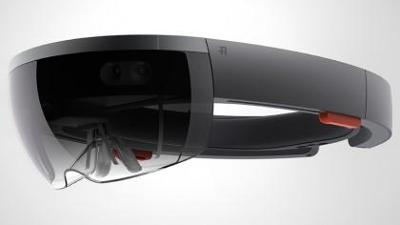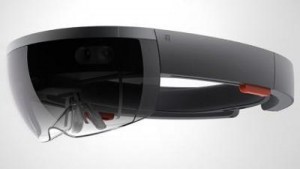1 min read
Chip Powers Wearable Device To Guide Visually-Impaired

April 20, 2024
Copyright 2023, IT Voice Media Pvt. Ltd.
All Rights Reserved

 wearable device, consisting of a 3D camera that could be a virtual ‘guide dog’ for visually impaired people navigating in real environments.
wearable device, consisting of a 3D camera that could be a virtual ‘guide dog’ for visually impaired people navigating in real environments.